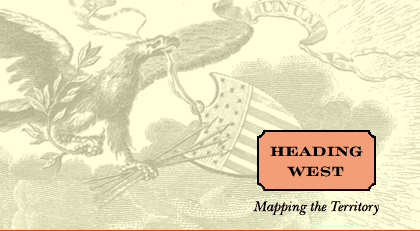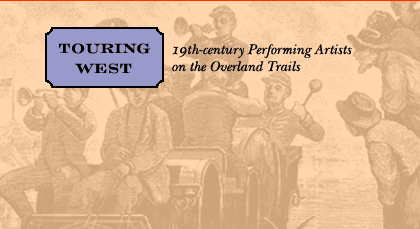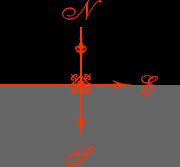
|

|
|
|

|
|
|
|
|
Heading West traces the evolution from an imagined to a defined and mapped American West: Sebastian Münster's open waterway from Europe to Asia and John Speed's America with California as an island and a Northwest Passage speak of possibility; Meriwether Lewis and William Clark, Zebulon Pike, John Charles Frémont, and Jedediah Smith's explored and recorded the West as a result of Thomas Jefferson's Louisiana Purchase and the gold rush; Mathew Carey's and G. Woolworth Colton's maps reflect land divisions of the "township and line survey"; travel guidebooks from Oscar Wilde to Frémont familiarized the area; the work of topographical engineers Frémont, William H. Emory, G. K. Warren, and Amiel Whipple and the railroad surveys completed under the auspices of Jefferson Davis, as well as the promotional maps by the Union Pacific Railroad and the American Union Telegraph Company and tourist maps such as Cook's Tours, made the West a destination. Touring West spotlights the performers who brought entertainment and information to the newly mapped territories: Sol Smith and Noah Ludlow's chain of theaters along the Mississippi, Ohio and Missouri rivers featured ballet dancers (such as Augusta Maywood), slack- and tightrope walkers (such as the Ravel and Martinetti Families), and jugglers and acrobats; actors, such as Edwin Forrest, Joseph Jefferson, and Frank Mayo, developed touring vehicles; singers, such as the Hutchinson Family, and dramatizations of Harriet Beecher Stowe's novel Uncle Tom's Cabin, spread the Abolitionist message to territory voters; instrumental artists, such as Henri Vieuxtemps, Sigismund Thalberg, Ole Bull, and Louis Moreau Gottschalk, and authors, political activists and orators, such as Mark Twain and Wendell Phillips toured extensively; plays of Shakespeare, especially Edwin Forrest's Othello and Edwin Booth's Hamlet and the plays of Edward Bulwer Lytton were popular; James O'Neill's The Count of Monte Cristo is the most famous touring drama of its period. |